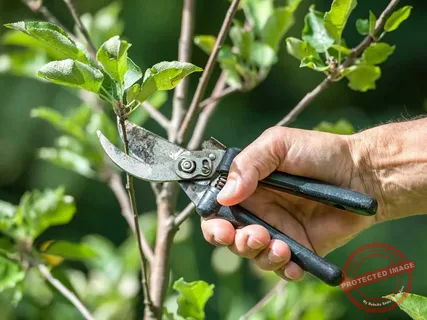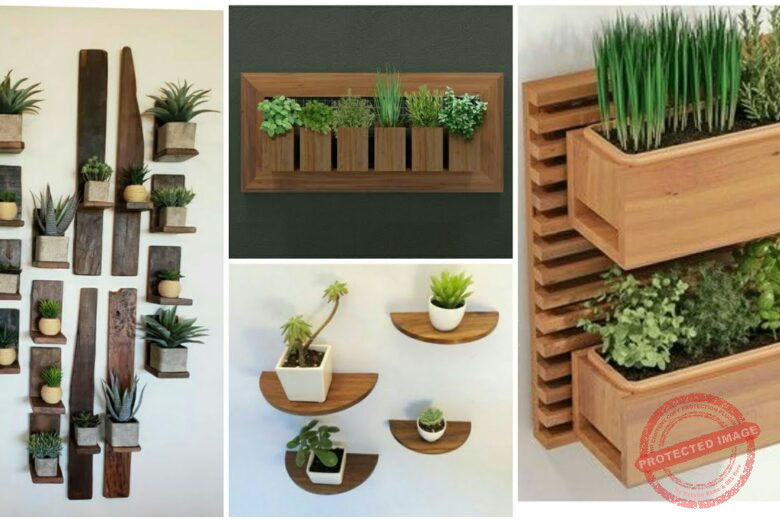Mint is one of the most versatile and hardy herbs you can grow in your garden. Known for its refreshing flavor and aroma, mint is a staple in many culinary dishes, teas, and home remedies. Its vigorous growth habit and ability to thrive in various conditions make it a popular choice for both novice and experienced gardeners. However, like any plant, mint has specific watering needs that must be met to ensure it stays healthy and productive.
Understanding how often to water mint can be the difference between a lush, thriving plant and one that struggles to survive. Overwatering can lead to root rot and other fungal diseases, while underwatering can cause the plant to become stressed and produce less flavorful leaves. Finding the right balance is crucial for maintaining the health and vitality of your mint plants.
In this ultimate guide, we will delve into the specifics of watering mint, including how to identify the plant’s needs, the best watering techniques, and how environmental factors can influence watering frequency. By following these guidelines, you can ensure your mint plants receive the proper care and hydration they need to flourish.
Understanding Mint’s Watering Needs
Mint’s Growth Habits
Mint is a perennial herb that grows quickly and spreads aggressively, often becoming invasive if not properly managed. Its extensive root system allows it to access moisture and nutrients from the soil effectively. This robust growth habit means that mint can tolerate a variety of watering conditions, but it also requires consistent moisture to maintain its vigor. Mint prefers consistently moist, but not waterlogged, soil. The key to successful mint cultivation is providing a steady supply of water while ensuring good drainage to prevent root rot.
Soil Requirements
The type of soil you use plays a significant role in how often you need to water your mint plants. Mint thrives in well-draining soil that retains moisture without becoming soggy. A loamy soil mix enriched with organic matter is ideal for mint cultivation. Adding compost or well-rotted manure can improve the soil’s water-holding capacity while ensuring adequate drainage. If you are growing mint in containers, use a high-quality potting mix designed for herbs or vegetables, and ensure the pots have drainage holes to prevent waterlogging.
Signs of Proper Watering
To determine if your mint plants are receiving the right amount of water, look for signs of healthy growth. Properly watered mint will have vibrant green leaves that are firm to the touch and emit a strong, fresh aroma. The stems should be sturdy, and the plant should exhibit consistent growth without signs of wilting or yellowing. Conversely, if the leaves are yellowing, wilting, or developing brown edges, it may indicate that the plant is either overwatered or underwatered. Regularly checking the soil moisture level and observing the plant’s overall health can help you adjust your watering practices accordingly.
How Often to Water Mint
Watering Frequency Based on Climate
The frequency of watering mint largely depends on the climate in which it is grown. In cooler, temperate climates, mint may require watering once or twice a week, especially during the growing season. However, in hot, dry climates, mint may need more frequent watering, up to three or four times a week, to prevent the soil from drying out. During periods of high heat or drought, daily watering may be necessary to keep the soil consistently moist. It is essential to adjust your watering schedule based on the weather conditions and the specific needs of your mint plants.
Seasonal Watering Adjustments
Mint’s water needs can vary with the changing seasons. During the spring and summer months, when the plant is actively growing, it requires more frequent watering to support its rapid growth. As the weather cools in the fall and winter, mint’s growth slows down, and its water requirements decrease. In colder regions where mint dies back in winter, reduce watering significantly or stop altogether until new growth appears in the spring. In mild climates where mint remains evergreen, continue to water sparingly during the winter months, ensuring the soil does not dry out completely.
Container-Grown Mint
Mint grown in containers has different watering needs compared to mint planted in the ground. Container-grown mint tends to dry out more quickly, especially in warm weather, and may require more frequent watering. Check the soil moisture level daily and water whenever the top inch of soil feels dry to the touch. Ensure that the containers have drainage holes to prevent water from pooling at the bottom, which can lead to root rot. Using self-watering containers or placing a saucer under the pot can help maintain consistent moisture levels for container-grown mint.
Overwatering and Underwatering
Both overwatering and underwatering can harm mint plants. Overwatering can lead to root rot, characterized by yellowing leaves, a foul smell, and mushy roots. To avoid overwatering, always check the soil moisture level before watering and ensure good drainage. Underwatering, on the other hand, can cause the plant to become stressed, with wilting leaves and stunted growth. If you notice signs of underwatering, increase the frequency of watering and consider mulching around the plants to help retain soil moisture.
Other Areas That Relate to This Topic
Mulching for Moisture Retention
Mulching is an effective technique for retaining soil moisture and reducing the frequency of watering. Apply a layer of organic mulch, such as straw, wood chips, or compost, around the base of your mint plants. Mulch helps to insulate the soil, keeping it cooler and reducing evaporation. It also suppresses weeds, which can compete with your mint plants for water and nutrients. Be sure to leave a small gap around the stems to prevent moisture buildup and reduce the risk of fungal diseases.
Irrigation Systems
For gardeners with larger mint beds or those who prefer a more hands-off approach, installing an irrigation system can be beneficial. Drip irrigation or soaker hoses deliver water directly to the soil, minimizing evaporation and ensuring efficient water usage. These systems can be set on timers to provide consistent moisture, especially during dry periods. Automated irrigation systems can help maintain the optimal watering schedule for your mint plants, reducing the risk of both overwatering and underwatering.
Companion Planting
Companion planting is a technique where different plants are grown together to benefit each other. Mint can be an excellent companion plant for many vegetables and herbs, as it can help deter pests and attract beneficial insects. However, mint’s aggressive growth habit means it can easily overtake other plants if not managed properly. Plant mint in its own contained bed or use barriers to prevent it from spreading. By managing mint’s growth and pairing it with compatible plants, you can create a thriving garden ecosystem that supports healthy plant development and reduces water competition.
Harvesting and Pruning
Regular harvesting and pruning are essential for maintaining healthy mint plants and can influence their water needs. Harvesting the leaves frequently encourages new growth and prevents the plant from becoming leggy. Prune back any dead or yellowing stems to improve air circulation and reduce the risk of fungal diseases. After heavy pruning or harvesting, water the plants thoroughly to support their recovery and encourage robust new growth. By keeping your mint plants well-maintained, you can ensure they remain healthy and productive throughout the growing season.
Conclusion
Understanding how often to water mint is crucial for maintaining its health and productivity. Mint thrives in consistently moist soil but can suffer from both overwatering and underwatering. By considering factors such as climate, soil type, and container conditions, you can develop an effective watering schedule tailored to your mint plants’ specific needs. Implementing practices like mulching, using irrigation systems, and practicing companion planting can further support healthy growth and reduce water stress.
Regular monitoring of soil moisture and plant health will help you make timely adjustments to your watering practices. With proper care and attention, your mint plants will thrive, providing you with an abundant supply of fresh, flavorful leaves for culinary and medicinal use. By following the guidelines in this ultimate guide, you can enjoy a vibrant and productive mint garden that enhances your home and garden with its refreshing aroma and versatility. Happy gardening!



